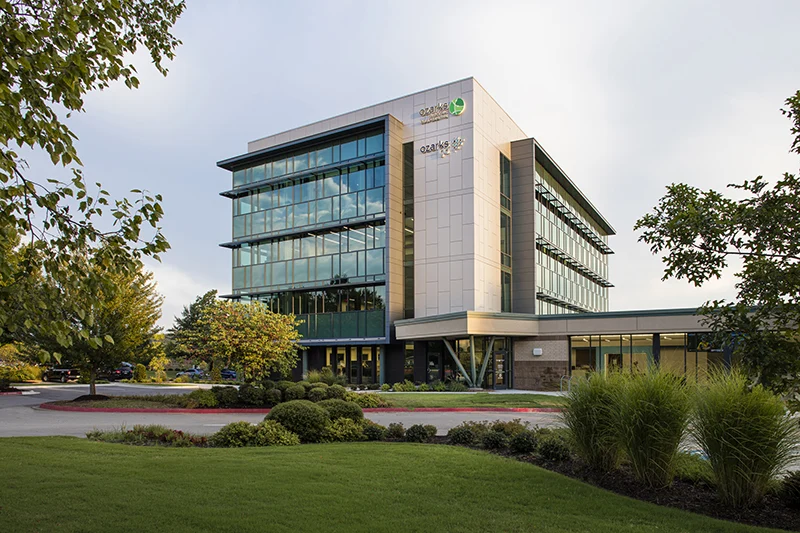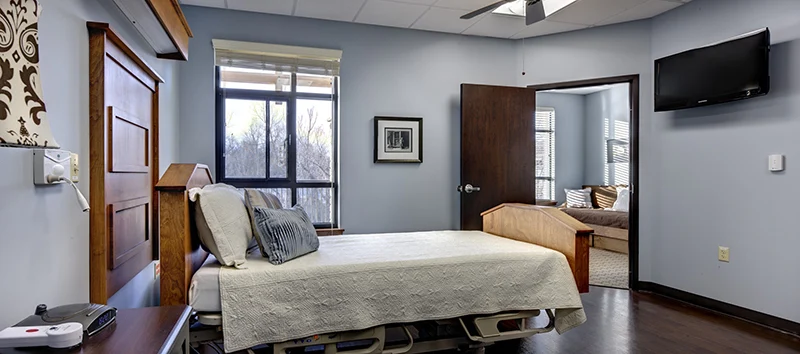
Wes Burgess, AIA, LEED AP
Vice President - ArchitectureWe’re all aware of the benefits of eating healthy and getting regular exercise. But what about getting enough sunlight? Many of us tend to spend most of our time indoors, frequently sitting at a desk in front of a computer for hours at a time, disconnected from the weather, and rarely getting an ounce of vitamin D (at least during the work week).
That's where the importance of designing to capture and utilize natural lighting comes into play. This is important for all architectural buildings, but particularly for spaces people spend extended time, such as the workplace and community buildings that are publicly funded.
The benefits of lighting within community buildings are not limited to the health of their occupants; there are economic benefits as well.
Natural lighting within the workplace
It’s difficult to overstate the benefits of natural lighting and views in the workplace. Multiple studies have been undertaken by universities and corporations that point to the fact that natural light in the workplace contributes significantly to the health of building occupants. Employees in these environments sleep better at night, take less sick leave, and show significant reduction in headaches, eyestrain, and blurred vision. Additionally, productivity is increased by the availability of natural light, and workers tend to feel more engaged. Natural lighting elements can lead to significant positive impacts on employee happiness and satisfaction, something that employers and municipalities shouldn’t overlook.

Natural lighting within training spaces
Occupants can also reap the benefits of sunlight within educational and training spaces. Several studies have shown that students’ test scores increase and reading comprehension improves in classrooms with good natural light, and it stands to reason that similar improvements would occur in naturally lit training rooms. The ability for occupants to visually stay connected to the outdoor environment has been shown to improve concentration. The World Green Building Council also reported that natural lighting and full spectrum light within the classroom decreased absenteeism overall.

Implementation of natural light for economic benefit
Natural light can be introduced to buildings in several ways, including windows, skylights, and clerestories. These components not only contribute significantly to positively improving the overall environment of a space, but they also decrease the amount of energy needed to power a building. Lighting typically makes up approximately 33% of a building’s energy cost, so well-designed daylighting with appropriate controls can lead to long-term cost savings, something that should not be overlooked. Additionally, with today’s high performance glass options, there is no need to design for increased heating and cooling loads in buildings with large areas of glass, as historically has been the case.
